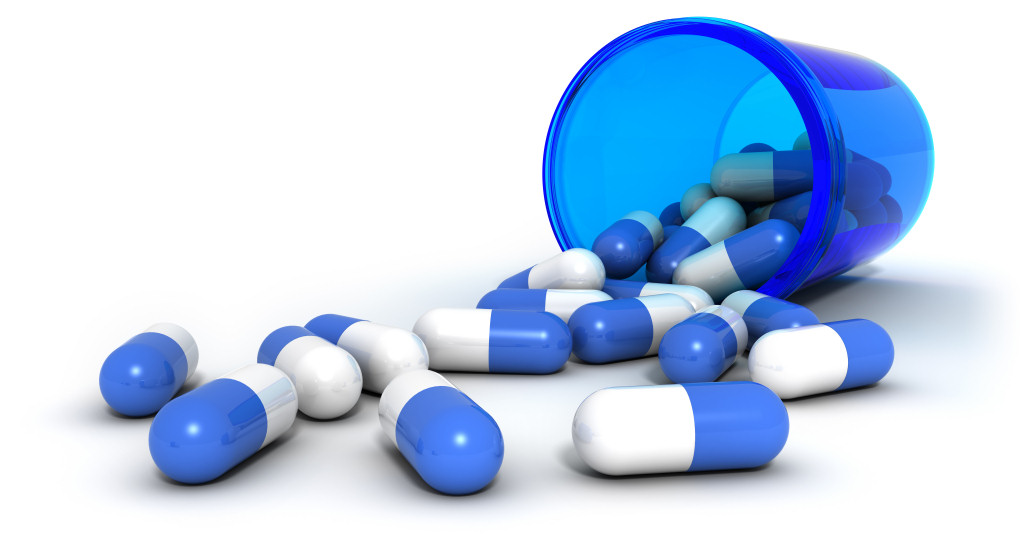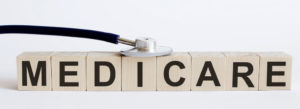Understanding the Four Stages of Coverage in Medicare’s Part D Program

The cost of your prescription drug plan may vary throughout the year based on the coverage stage you are in. If you have a Part D plan, you will move through the CMS coverage stages in the following order: deductible (if applicable), initial coverage, coverage gap, and catastrophic coverage.
Stage 1: Annual Deductible
This stage starts with your first prescription of the plan year. You will be responsible for paying the full cost of your prescriptions until your spending adds up to the amount of your deductible. If your plan has a $0 deductible, you will skip this stage and proceed to the next one. It’s essential to note that some deductibles may only apply to specific tiers of drugs, meaning you won’t have any deductible if you don’t take medications on those tiers. Payments for your monthly premium or medications not included in the deductible tiers do not count towards reaching the deductible.
Stage 2: Initial Coverage
This stage begins immediately if your plan has no deductible or when the prescription payments you have made equal your plan’s deductible. Your plan will pay for a portion of each prescription drug you purchase as long as the medication is covered under the plan’s formulary (list of covered drugs). You will pay the remaining portion, which could be a copayment (a set dollar amount) or coinsurance (a percentage of the drug’s cost). The amount you pay will depend on the tier level assigned to your drug. This stage ends when the total amount spent by you and your plan on your covered drugs adds up to equal the initial coverage limit set by Medicare for that year. In 2023, the limit is $4,660. Your monthly premium payments do not count towards reaching this limit.
Stage 3: The Coverage Gap
This stage begins when you and your plan have collectively spent $4,660 on your covered drugs. Not everyone will enter this stage, also known as the “donut hole.” During the coverage gap, the plan is temporarily limited in how much it can pay for your drugs. If you do enter the gap, you will pay 25% of the plan’s cost for covered brand-name drugs and 25% of the plan’s cost for covered generic drugs. It is important to note that while the percentage you pay for brand-name drugs is lower, the price of that drug may be much higher than the generic option. Therefore, calculate the amount you would owe for each to see which one offers the best cost savings for you. You will exit the coverage gap when your total out-of-pocket cost on covered drugs (excluding premiums) reaches $7,400. Your out-of-pocket cost is calculated by adding together your yearly deductible, coinsurance, and copayments from the entire plan year, and what you paid for drugs in the coverage gap (including the discounted amounts you didn’t pay in that stage).
Stage 4: Catastrophic Coverage
This stage begins when your out-of-pocket costs reach $7,400 on covered drugs. After your out-of-pocket cost totals $7,400, you will exit the gap and get catastrophic coverage. In the catastrophic stage, you will pay a low coinsurance or copayment amount (which is set by Medicare) for all of your covered prescription drugs. This means that the plan and the government will pay for the rest, which is approximately 95% of the cost. You will remain in this phase until the end of the plan year.
Working with a Medicare agent is the best way to stay on top of your drug plan changes. Contact the advisors at Plan Medicare 516-900-7877 to speak with a New York Medicare agent today.






